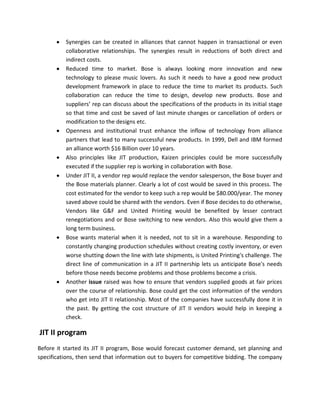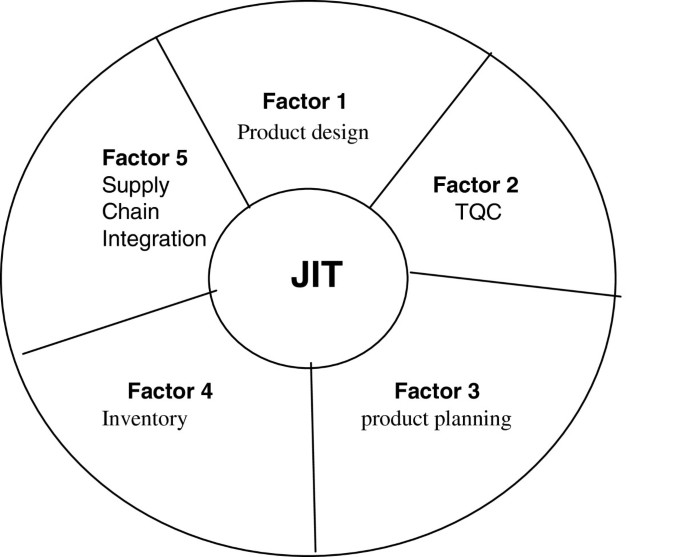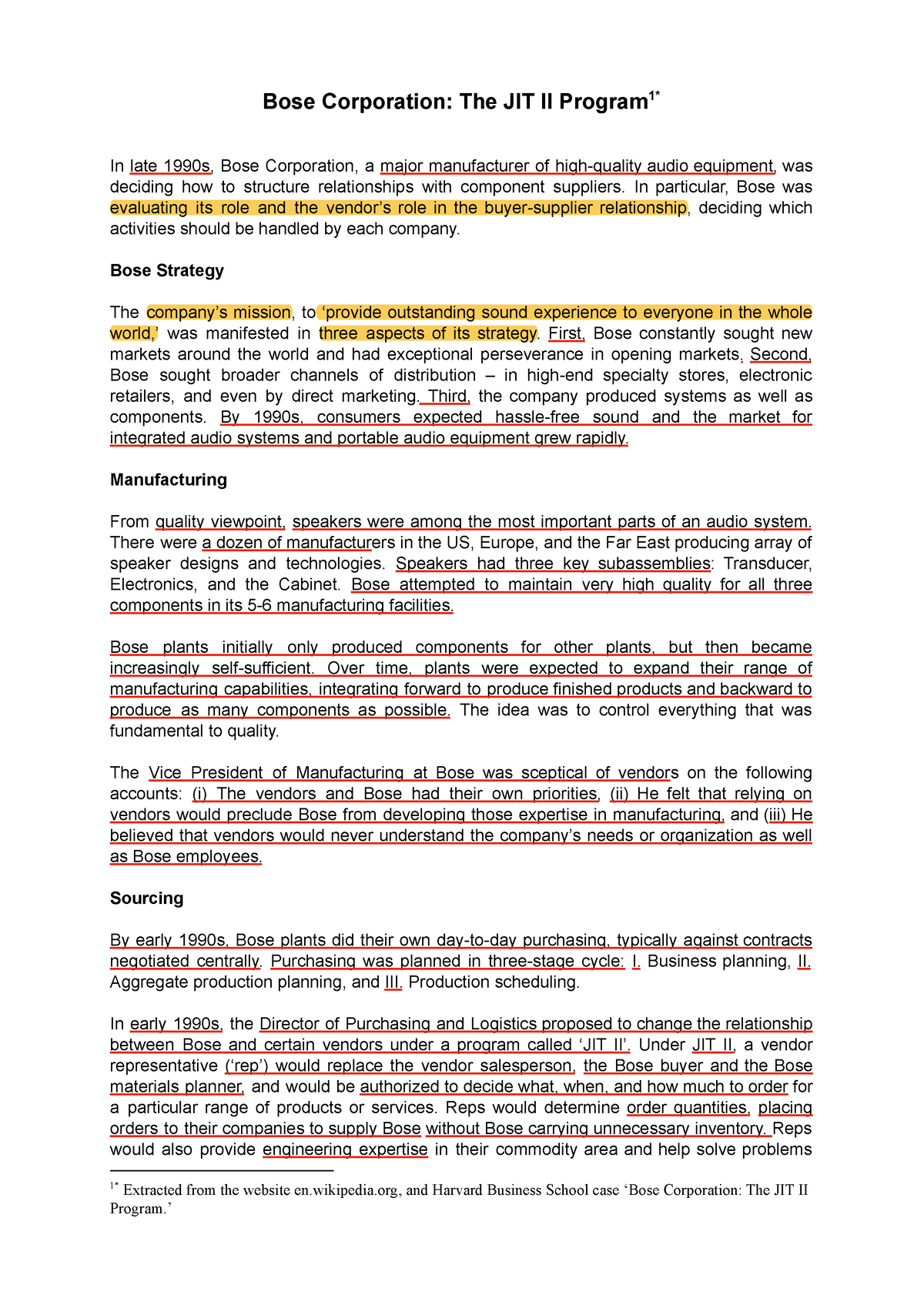JIT II, or Just-In-Time compilation, is a technique used in computer programming to improve the performance of a program by compiling it into machine code just before it is executed. This is in contrast to traditional compilation, where a program is compiled into machine code before it is run, or interpreted execution, where the program is executed directly from source code without being compiled.
JIT compilation has a number of benefits over traditional compilation and interpretation. For one, it allows for faster execution of a program because the machine code is generated on the fly, rather than having to be loaded from a separate file. This can be especially useful for programs that are used frequently or for programs that have long start-up times, as the compilation process only needs to be performed once.
In addition to faster execution, JIT compilation can also lead to smaller code size and lower memory usage. This is because the machine code generated by the JIT compiler is typically optimized for the specific hardware and operating system it is running on, rather than being a generic version that may not take advantage of all the available hardware resources. This can be especially beneficial for programs that are resource-intensive or run on devices with limited resources.
JIT compilation is also advantageous for programming languages that do not have a traditional compile-link-execute workflow, such as interpreted languages like Python or JavaScript. In these languages, JIT compilation can provide a significant performance boost without requiring the programmer to make any changes to the source code.
There are, however, some potential drawbacks to JIT compilation. One potential issue is that the compilation process can take up additional resources and add overhead to the program. This can lead to slower start-up times or increased resource usage. Additionally, JIT compilation may not always be able to produce optimized machine code, especially if the program contains complex or unusual code structures.
In conclusion, JIT II compilation is a useful technique for improving the performance of a program by compiling it into machine code just before it is executed. It can provide faster execution times, smaller code size, and lower memory usage, especially for resource-intensive programs or programs that run on devices with limited resources. However, it is important to consider the potential drawbacks of JIT compilation, including the potential for slower start-up times and increased resource usage.









